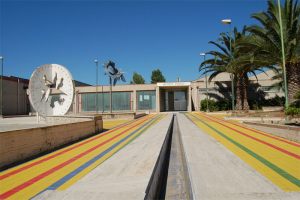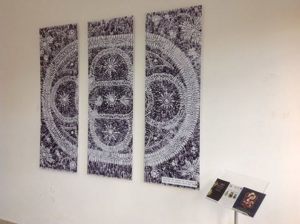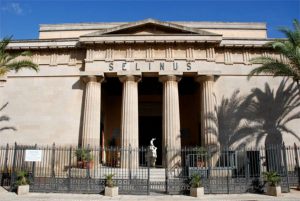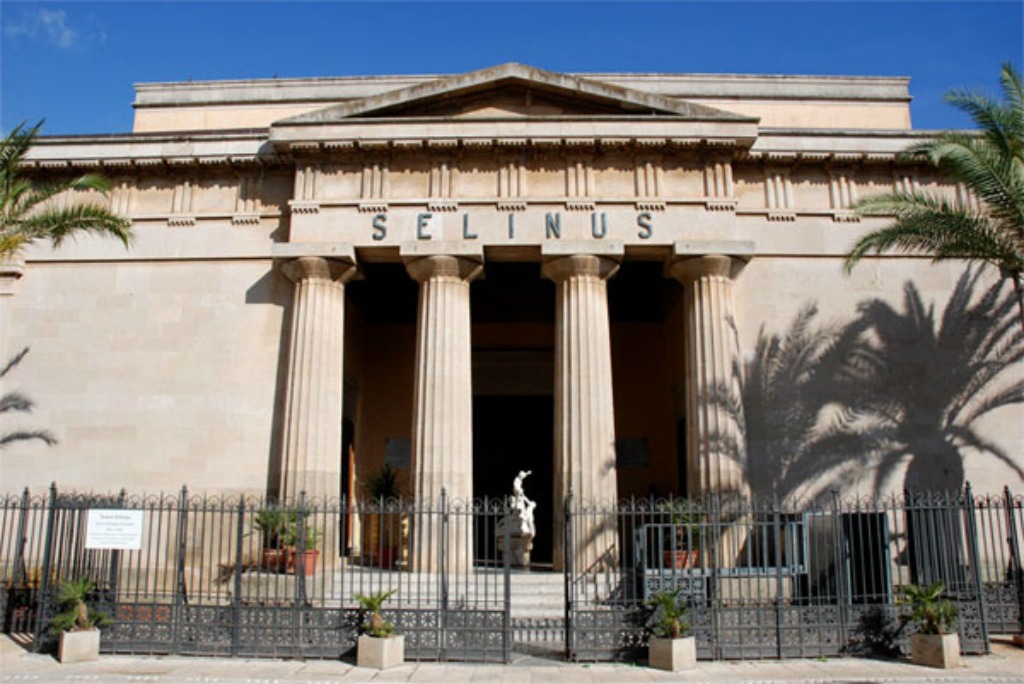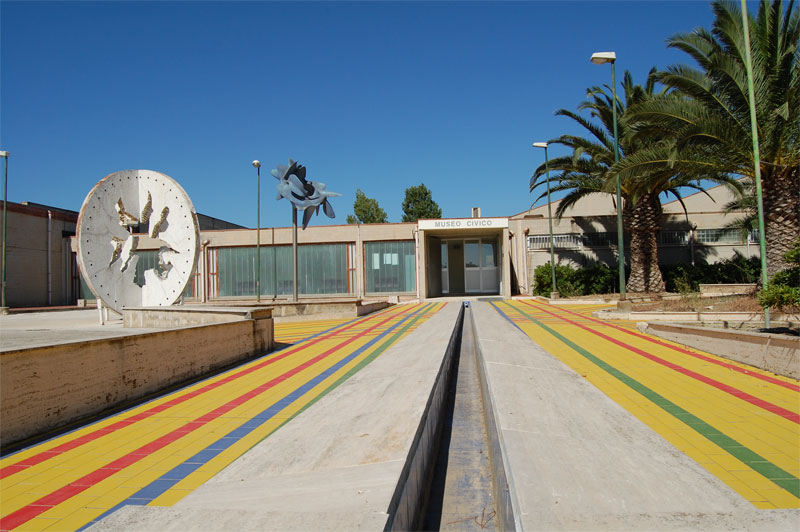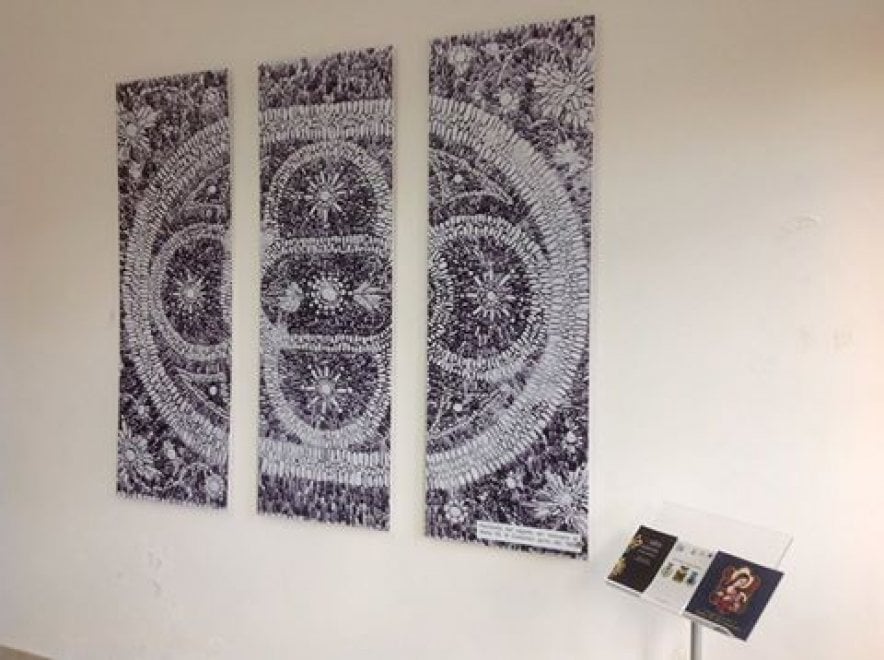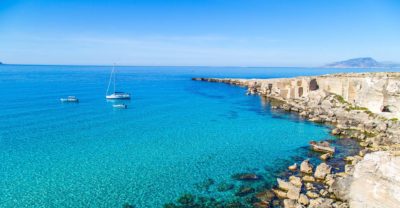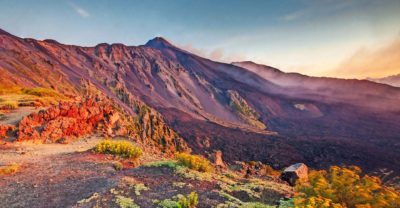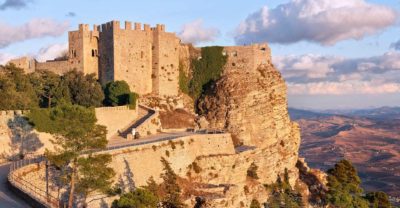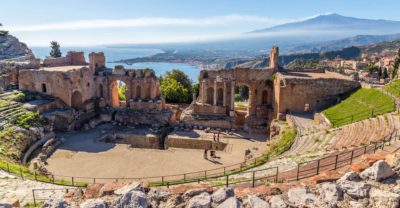Arts and Culture
Trapani
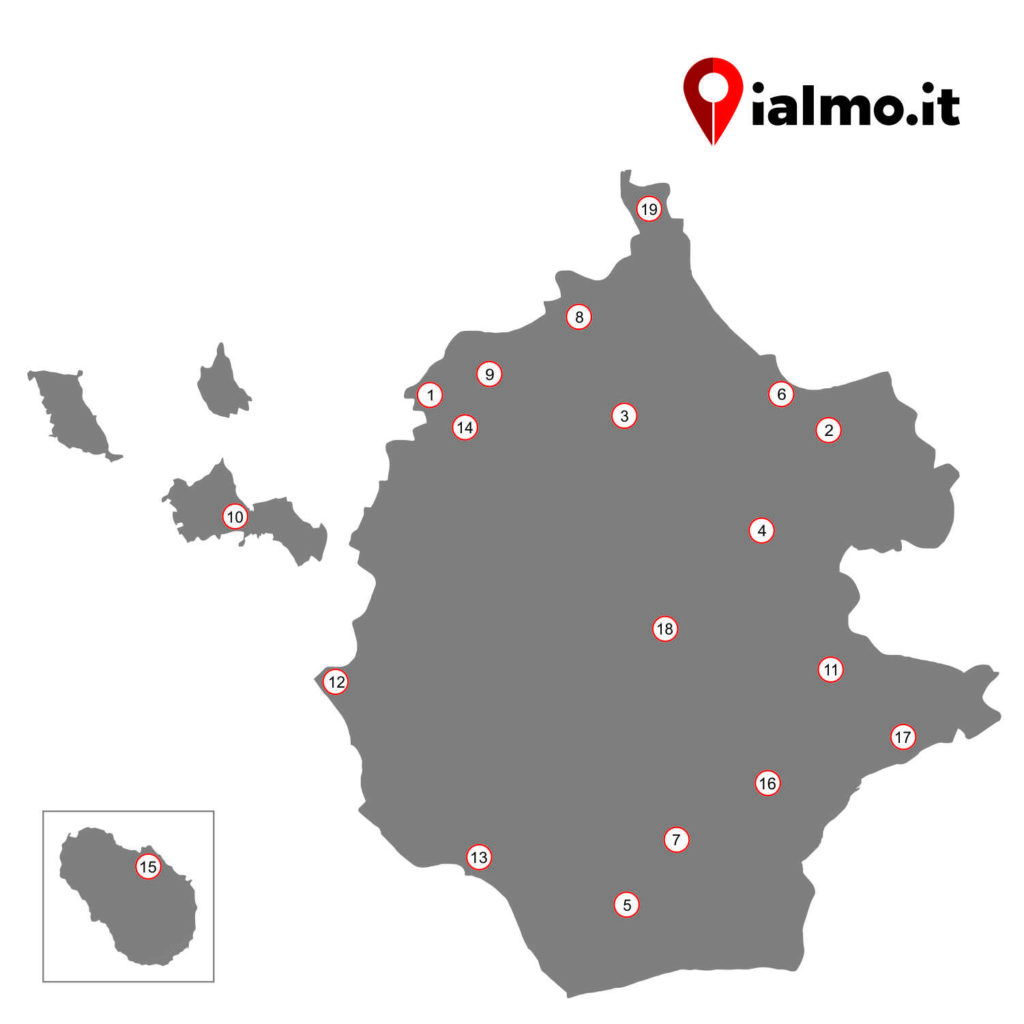
Regional Museum Conte Agostino Pepoli: is one of the most important Sicilian museums and also houses a collection of decorative arts and a picture gallery that boasts paintings by Titian and Giacomo Balla. In the Museum it is also possible to admire a collection of objects made from coral;
Museum of Prehistory: located at the seventeenth-century Torre di Ligny, it preserves important prehistoric testimonies of human presence in the territory;
San Rocco Museum of Contemporary Art: it is located inside the Palazzo San Rocco, in the heart of the historical center;
Diocesan Museum, near the Church of Sant’Agostino;
Tito Marrone Theater / Auditorium;
Antonio Scontrino Conservatory Theater.
Gaspare Cannone Ethnographic Museum of Musical Instruments: houses a collection of 400 instruments including rebab, sarinda, gansira, swarpeti, bansuri, takita, marambao, vojnica and iakir from Europe, South America, South Africa, Thailand, Tibet, New Guinea, Polynesia, China and Australia;
Museum of Contemporary Art, in the former Jesuit College in Piazza Ciullo;
Museum of Sacred Art at the Mother Church (Basilica of Santa Maria Assunta);
Ethnic, agricultural, pastoral and artisan museum, at the Castle of the Counts of Modica.
Teatro Cielo D’Alcamo or Ferrigno Theater: it was built in 1667 on the initiative of Mariano Ballo.
Ethno-anthropological museum dedicated to local civilization.
In the town there are three small museums: the Civic-Archaeological Museum of Segesta, the Garibaldina House-Museum and the Ethno-anthropological Museum. Finally, we point out the Municipal Theater Felice Cavallotti, which faces the former convent of San Francesco and was founded in 1881 on the initiative of the illustrious cav. Nicolò Rindello, patriot and painter.
The Museum of Peasant Civilization is located inside the Baglio Florio, an ancient farmhouse inhabited in the late 1800s by peasants who worked in the surrounding fiefdom. From the profession of the fisherman to that of the carpenter, from the blacksmith to the rope maker, the collection collects all the traditional objects of jobs and crafts that have also disappeared.
Inside the Arab-Norman Castle there is today a museum that winds through a path called “The Memory of the Mediterranean” and which includes four sections: the Museum of Water and the Mills, the Museum of Productive Activities, the Museum Archaeological and the Museum of Marine Activities. In addition, the Castle houses the Annalisa Buccellato ethno-anthropological Museum which traces the different aspects of the rural culture through objects of daily use related to agricultural crops and craftsman’s crafts. Noteworthy is the Museum of the Sea and the Naturist Museum within the territory of the Zingaro Reserve.
In the Civic Museum there is the so-called Efebo di Selinunte, a bronze statuette 85 cm high and dated to the first decades of the 5th century BC The work is one of the most important examples of bronze statuary art in Greek Sicily and for this reason it has become a symbol of the city. The nineteenth-century Teatro Selinus (1870), built by the Saporito family, still retains its original curtain.
Museum of Marble located in Piazza Europa and the Museum of Art and Faith that houses liturgical furnishings, silverware and works related to the cult of the Madonna di Custonaci.
The remains of the past are preserved in the Cordici Museum with collections of coins, different prehistoric, Punic and Greek artifacts as well as a head of Aphrodite (5th century BC).
A visit to the former Florio factory now transformed into a real museum allows users to experience a journey into the thriving past of the tonnara and what it represented for the development of the island of Favignana. In fact, the factory was not only the place where the equipment of the slaughter was kept, but also represents the history of the Florio family and its intertwining with the life of the islanders and for this reason it can be considered an important testimony of industrial archeology.
Gibellina houses the Civic Museum of Contemporary Art, the Ethno-anthropological Museum and the Museum of Mediterranean Textures.
The complex of San Pietro has recently been restored in Marsala, home to the Civic Museum and the Carmine convent which houses the Municipal Art Gallery. Also present the Regional Archaeological Museum of Baglio Anselmi; the Museum of Flemish Tapestries; the Baglio Biesina Museum of Agriculture, inside the Baglio Biesina. We conclude our review with the Theater named after the composer Eliodoro Sollima and that, accessible since 1994, is able to accommodate three hundred seats between stalls, boxes and gallery and the Risorgimento Garibaldi Garibaldi Museum Giustolisi, housed in the monumental complex of San Pietro.
Mirabilia Urbis, an exhibition hosted in the Church of San Bartolomeo, houses finds from the archaeological site of Roccazzo;
The Diocesan Museum, inaugurated in 1993, collects the rich silver heritage of the cathedral,
The Ornithological Museum, inaugurated in 1984, hosts 366 naturalized birds;
The Museum of Dancing Satyr is housed in the Church of Sant’Egidio, built in 1424.
Among the cultural treasures of the city are three museums: the Museum of Peasant Civilization, the Prehistoric Museum and the most renowned and visited Museum of Salt Civilization, inaugurated in 1986 and based in Nubia.
Inaugurated in 2010 the Vulcanological Museum of Pantelleria, also known as the Vulcanological Museum of Kagiar in reference to the area where it is located, in Punta Spadillo, in the north-eastern part of the island. The Museum consists of three rooms in which about 50 samples of rocks representing the eruptive and petrographic variety of the island are exposed.
In December 2007, in the rooms of the Grifeo Castle, now owned by the Superintendence for Cultural Heritage of the Sicilian Region, the Regional Museum of Prehistory of Belice was inaugurated, exhibiting a part of the immense archaeological heritage found in the municipal territory as well as a rich heritage of works and documents of the Grifeo period.
The Municipal Theater and the Ethno-anthropological Museum which represents the historical memory of the population and documents its purely agricultural vocation are to be noted.
The Museo Civico d’Arte Sacra is located in the Jesuit College, dating back to the 17th century, while the Museo di Cimeli del Risorgimento is set up in some rooms of the Castle. Also noteworthy is the Museum of ritual bread, unique in Sicily, which hosts more than 1,000 ritual breads of the Salemitan tradition and others from other countries of the island.
The village houses the Museum of the Sanctuary that exhibits several remains of Arab and Norman shipwrecks. In fact, all the sea beds near the village are full of lead amphorae and anchors dating back to different periods (from the 4th century BC to the 5th century AD).
